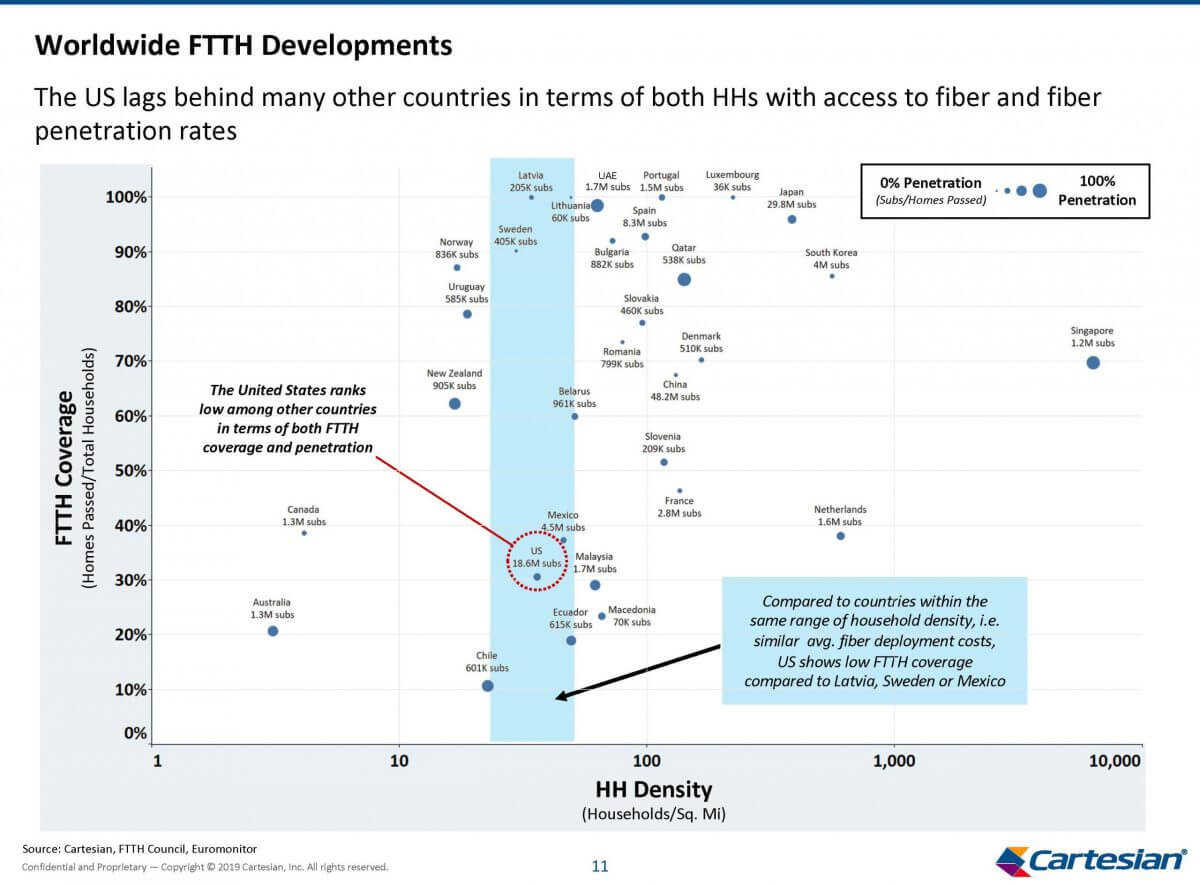Boeing’s 737 Max issues highlighted the company’s sacrifice of safety for financial performance, resulting in a tarnished reputation. The prioritization of profit over core values also damaged the FAA’s credibility and revealed a lack of accountability for top executives. This downfall serves as a reminder of the importance of maintaining core values and prioritizing them over short-term financial gains.

You need to take an extended vacation. No, seriously, you do.
Not only do you need a vacation, but it needs to be at least two weeks, and preferably longer. I have given many CEOs and business leaders this advice over the years, and I believe in it.
Why a minimum of two weeks? Well, you need the first week to unwind and let work “go.” The second week, you truly relax, the tension of work and all its issues leave, but the brain continues to work in the background. After two weeks, I start to see the forest for the trees. The problems that were prominent in my life no longer are as relevant as I thought they were. Turning to my navigate sage power, I turn to my elder self to look back and see what is essential and what I should be focused on rather than that what has my attention.
Now I am unwinding
However, like the old saying, “Physician heal thyself,” I have failed to heed my advice until two weeks ago. I am now sitting in NE Spain, enjoying a quieter time and relaxing with good friends, food, and wine. To ensure my disconnection, I have adopted the following rules:
- Limit email activity to 15 minutes a day.
- Disconnect from Facebook (well, I effectively did that a couple of years ago) and all social media other than LinkedIn.
- Post to LinkedIn, but according to a plan, it takes about 5 minutes a day.
- Avoid the news and television.
- Reading lots but no business books.
- At least 30 minutes of meditation a day.
- Walk at least 5 miles a day.
- Swim as often as possible in the ocean.
These rules are not complicated, but we are so conditioned to remain connected and tuned in that it takes effort to disconnect.
As I relax, I remember that I, like my clients, need to take an extended vacation to recover from the low-level stress of COVID over the last eighteen months. COVID has taken a toll on me, and more than I realized. While I have been active during COVID, I recognized that I have been reactive more than proactive. Now, not only do I want to change this behavior, but I am framing it around what I want to accomplish in Q4 2021 and 2022.
The benefits for you
Sitting in quiet squares or overlooking the ocean, the focus has gotten more precise, the planning more effortless, and many things are just getting crossed off the list or deleted. Also, I am finding that I can better help my clients as my mind declutters.
I am focusing on achieving my long-term goals and not get distracted by what is in front of me. By refocusing, I realized much of what I was doing was not relevant to the long-term goals and thus a distraction.
Now, I can’t say that everything will be done and perfect at the end of this. But I will have more energy, be much better mentally to deal with what lies ahead, and cope with winter.
The benefit for your business.
Taking a minimum of two weeks off provides additional benefits too. You can see how your business operates without you. You will have answers to the following questions:
- Does my leadership team function well in my absence? Are they aligned, and Is there conflict?
- Do my team and company understand its mission, strategy, and purpose?
- Does the organization continue to hit its KPIs for the quarter?
- Do my clients need to deal with me, or can my team handle the clients’ needs?
I have asked many clients how their business would perform if they were unavailable for three to six months, and the answer is usually “Fine.” However, if you cannot go away for two weeks and disconnect, is that true?
If your business cannot operate without you, you don’t have a business; you have a job! To successfully leave your business, you have to make yourself redundant. Only by creating your own redundancy can you sell it, pass it on, or assume a non-executive position. I realize for many business owners, this isn’t easy, as their identity is tied up in their business, but to create a more significant legacy, ensure it operates without you.
So when did you last leave?
As I said earlier, with COVID, I hadn’t taken a vacation in 18+ months. Not only that, but with WFH, I had, like many others, increased the amount of time I was working which typically included at least one full day of every weekend. All of this took a toll.
So when did you last take a “proper” vacation for at least two weeks? Did you disconnect, or were you on calls and emails all the time, putting out fires and saving the company? The stress of the last eighteen months has taken a mental toll on all of us. If you don’t take a break and let yourself recover, you will be ill-prepared for what is ahead. While none of us know what is ahead, we can be sure that labor, supplies, and demand will be unpredictable.
COVID and its effects are not done. I feel like we’re just finished the first half, but there is another half to go, and the opposing team that emerges from the locker room has a new strategy.
If it has been a while since you took an extended vacation, take one now, you will be amazed at how much you and your business will benefit.
Copyright (c) 2021, Marc A. Borrelli
Recent Posts
The Downfall of Boeing: A Lesson in Core Values
Resolutions, Here We Go Again.
In reflecting on 2021 resolutions, the author scored themselves in three categories and sought to improve success in 2022 by addressing friction points. Drawing on advice from social psychologist Wendy Wood, the author identified areas to reduce or increase friction in their failed resolutions. By making these adjustments, the author aims to enhance their goal achievement and encourages others to consider friction when setting resolutions.
You need to take an extended vacation. No, seriously, you do.
COVID has taken a toll on all of us. If you have not taken an extended vacation in a while where you disconnect, you need to now. You and your business will benefit.
Becoming Famous in Your Niche: The Success Story of Linn Products Limited
In a previous discussion, I highlighted the importance of being famous for something. Being well-known in your niche can help you: Concentrate on your strengths Connect with your target audience Communicate your offerings more effectively Receive referrals Identify...
Understanding and Optimizing Your Cash Conversion Cycle
Understanding and optimizing the Cash Conversion Cycle is crucial for business growth, as it impacts cash flow and the ability to access external capital. This cycle consists of four components: Sales, Make/Production & Inventory, Delivery, and Billing and Payments. To improve the Cash Conversion Cycle, companies can eliminate mistakes, shorten cycle times, and revamp their business models.
Discovering Your Niche: Why You Need to Be Famous for Something
As an entrepreneur, it’s crucial to specialize in a specific area and become famous for something, allowing you to generate referrals and build your brand. Understanding the “job” you’re hired for helps you stand out in the marketplace and communicate your value proposition effectively. By providing value to your clients, you can adopt a value-based pricing approach, ensuring your business remains competitive and maintains a strong market presence.
Rethinking Your Pricing Model: Maximizing Margins and Providing Value
Rethink your pricing model by focusing on the value you provide and your customers’ Best Alternative To a Negotiated Agreement (BATNA). This approach can help you maximize margins while delivering better value to your clients. Assess your offerings and brainstorm with your team to identify pricing adjustment opportunities or eliminate commodity products or services.
Do you know your Profit per X to drive dramatic growth?
I recently facilitated a workshop with several CEOs where we worked on the dramatic business growth model components. One of the questions that I had asked them beforehand was, "What is Your Profit/X?" The results showed that there this concept is not clear to many....
The War for Talent: 5 Ways to Attract the Best Employees
In today’s War for Talent, attracting the best employees requires a focus on value creation, core customer, brand promise, and value delivery. Clearly articulate your company’s mission, identify your “core employee” based on shared values, and offer more than just a salary to stand out as an employer. Utilize employee satisfaction metrics and showcase your company’s commitment to its workforce on your website to make a strong impression on potential candidates.
Are you killing your firm’s WFH productivity?
Productivity remained during WFH with COVID. However, further analysis found that hourly productivity fell and was compensated for by employees working more hours. What was the culprit – Meetings. Want to increase productivity, have fewer meetings.
















